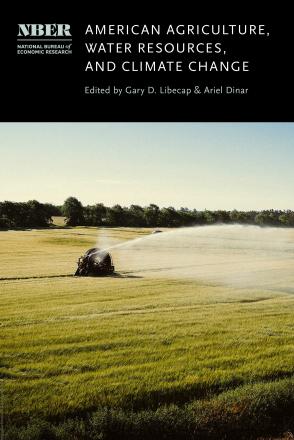The Cost-Effectiveness of Irrigation Canal Lining and Piping in the Western United States

Global climate change is already impacting water resources, in many areas reducing the amount of water available for drinking, sanitation, and agriculture. Water conservation can be a means to mitigate the economic damages associated with water scarcity, including scarcity arising from climate change. In the agricultural sector, many water conservation efforts have focused on farm-level irrigation efficiency. However, since over one-third of water applied for agricultural irrigation in the US comes from off-farm supplies, improvements in delivery and conveyance efficiency also have the potential to significantly reduce water losses. This study utilizes survey data from irrigation water delivery organizations in the Western US to estimate the impact of lining and piping conveyance infrastructure on conveyance losses. Using a logistic econometric model, this study finds that at the margin an increase of one percentage point in the share of conveyance infrastructure piped leads to an expected 0.13 percentage point reduction in conveyance losses. Results indicate that lining canals is relatively less effective, a 1 percentage point increase in the share of conveyance lined decreases conveyance losses by approximately 0.06 percentage points. A simulated water-conservation supply curve based on these estimates shows that between 0.3 percent and 1.75 percent of total water brought into conveyance systems could be recaptured with capital cost below $20,000 per acre foot.


